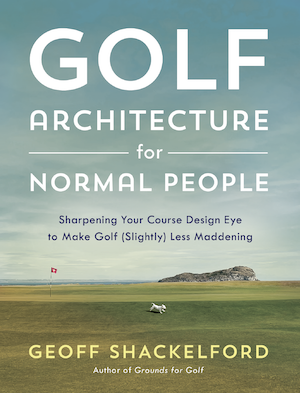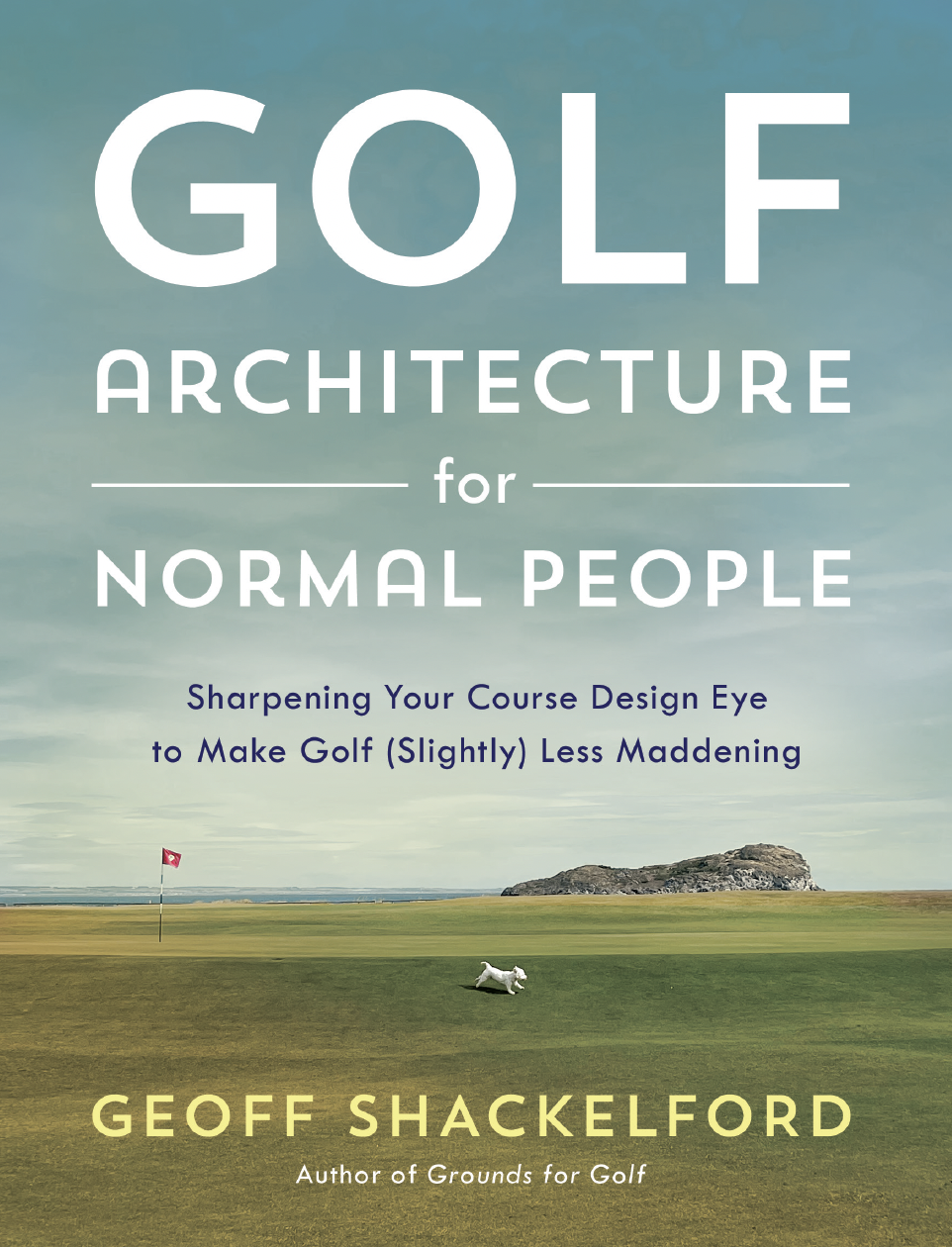Regular visitors to this site know I've been calling it flogging for a year now, thanks in large part to Johnny Miller's comments at the 2005 Doral (wow a lot has happened in a year!). And I wrote about it here, here and in the 2006 season preview, declaring this the year that flogging goes mainstream. Shoot, I even proposed on a book on it exploring the causes, ramifications and other good stuff. (Hint: it won't be coming to a bookstore near you anytime soon!)
Well I feel a whole lot better now that Jaime Diaz writes in Golf World about what he's calling "big ball." I do like Tigerball better (New York didn't!).
Increasingly, the PGA Tour has become the land of driver-wedge.
Not just piping it and pinching it, but even spraying it and flaying it. The majority of players have decided that most weeks, a sand wedge from the rough beats an 8-iron from the fairway. What's different is that more than ever, "big ball" is the percentage play in which even long and wrong can be right.
The movement's founders are Phil Mickelson and Vijay Singh who, it's safe to say, arrived at their conclusions independently. (Their forerunner was John Daly, but he made too many 11s to be a model.) Mickelson went overboard in 2001 when he came out talking about trying to birdie every hole and seemingly rebutted himself by eventually riding an educated cut to his first two major titles. But his current experimentation with a 47-inch driver shows where his heart has always been. Singh has never vacillated in letting the big dog eat.
With Hank Haney's encouragement, Tiger Woods has bought in.
And...
Like all drastic style changes in the history of the game, this one started with advances in equipment.
Oh, it wasn't the athleticism that led to the new equipment?
Specifically, multilayered balls that go farther and curve less and 460cc clubheads that increase distance and mitigate misses (Holmes frighteningly claims the driver is his straightest club).
The new tools have emboldened players to attack from the tee, knowing that even if their ball does end up in the rough, their increased strength and the latest square grooves will usually allow them to get the wedge or short iron they have to hit to stay on the green. At the same time, firmer greens with increasingly remote pin positions have raised the incentive to make the approach shot as short as possible.
But maybe if they just narrow the fairways some more...eh, we know that's doing a heck of a job!
Here's the fresh material:
Statistics from ShotLink further tell the tale. Average PGA Tour driving distances keep going up, reaching 288.9 yards last year, when for the first time, more than a fifth of all measured drives (22 percent) traveled more than 300 yards.
Average driving accuracy keeps going down, reaching a low of 62.9 percent in 2005, with the numbers in the last two seasons representing the biggest single-year drop since the tour began keeping such stats in 1980.
And according to extensive information gathered from their caddies for the past two years, most tour players hit some kind of wedge to an average of at least four of the 10 par 4s on a par-72 course.
An average of 40% of the par-4 approaches are with "some kind of wedge." Wow. Now that's a juicy stat.
But my favorite, the dreaded tennis analogy that is so commonly scoffed at by our Far Hills leadership and manufacturer shills. And this time, from of all people...
But still monster-long Davis Love III said that during last year's U.S. Open at Pinehurst No. 2, he got frustrated watching 7-iron approaches fail to hold greens and successfully switched to a long-ball strategy on the weekend to produce as many wedge approaches as possible.
"It's a lot like the way tennis players today really need to burn that serve," he mused. "Sure, [Roger] Federer has all the shots. But if he didn't have a big serve, he wouldn't be winning. In our game now, it's try to get it down there as far as you can, and if you have a good driving week, you should make a bunch of birdies. If you hit it in the rough, you might get by anyway. It all starts with hitting it long."
As the tour heads to Florida, and soon to the further-lengthened Augusta National, the analogy with a sport made less interesting by the proliferation of power should give pause.
Not one reference in the piece to this happening because of improved athleticism.
Oh times, they are a changing.












